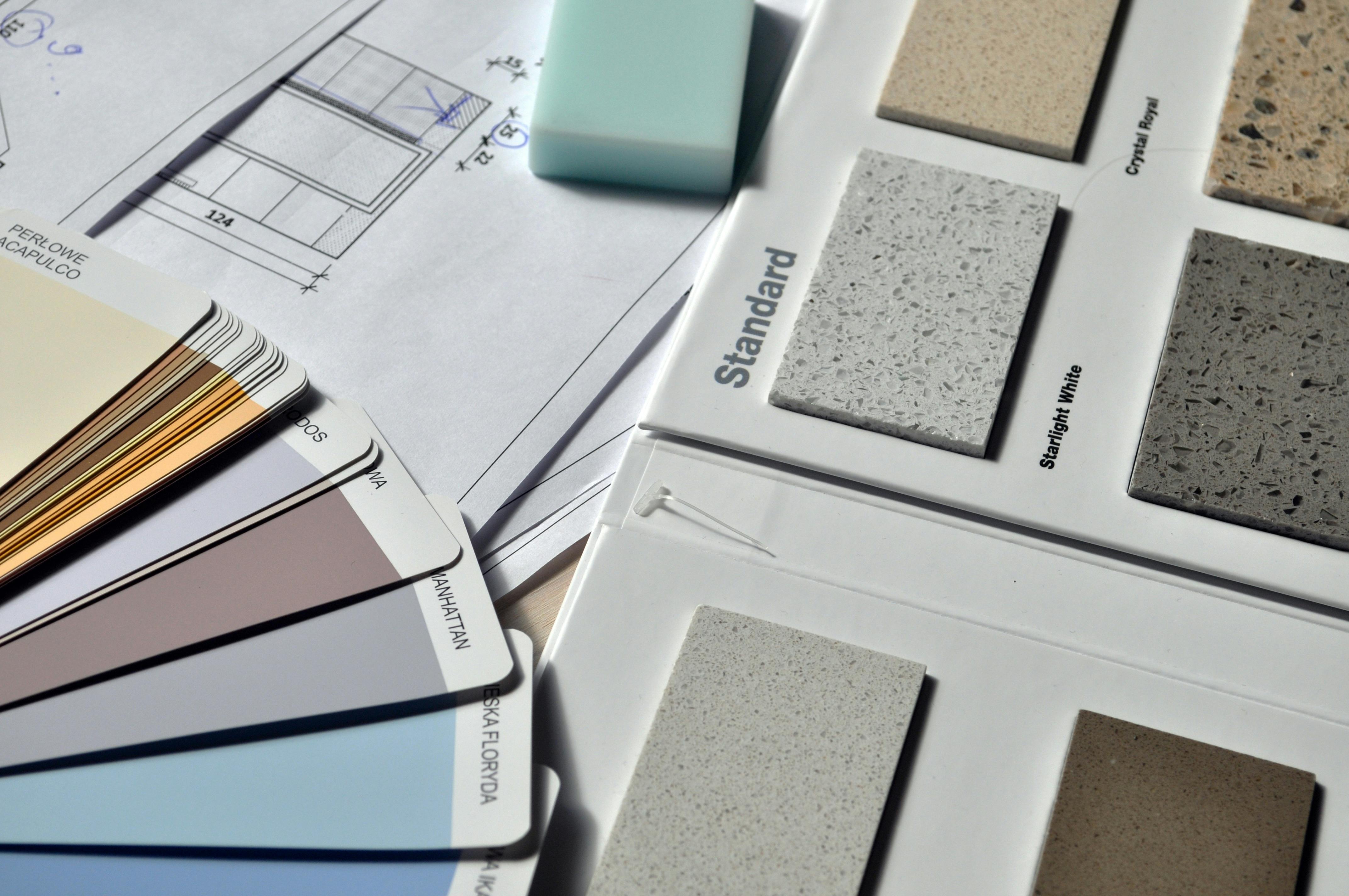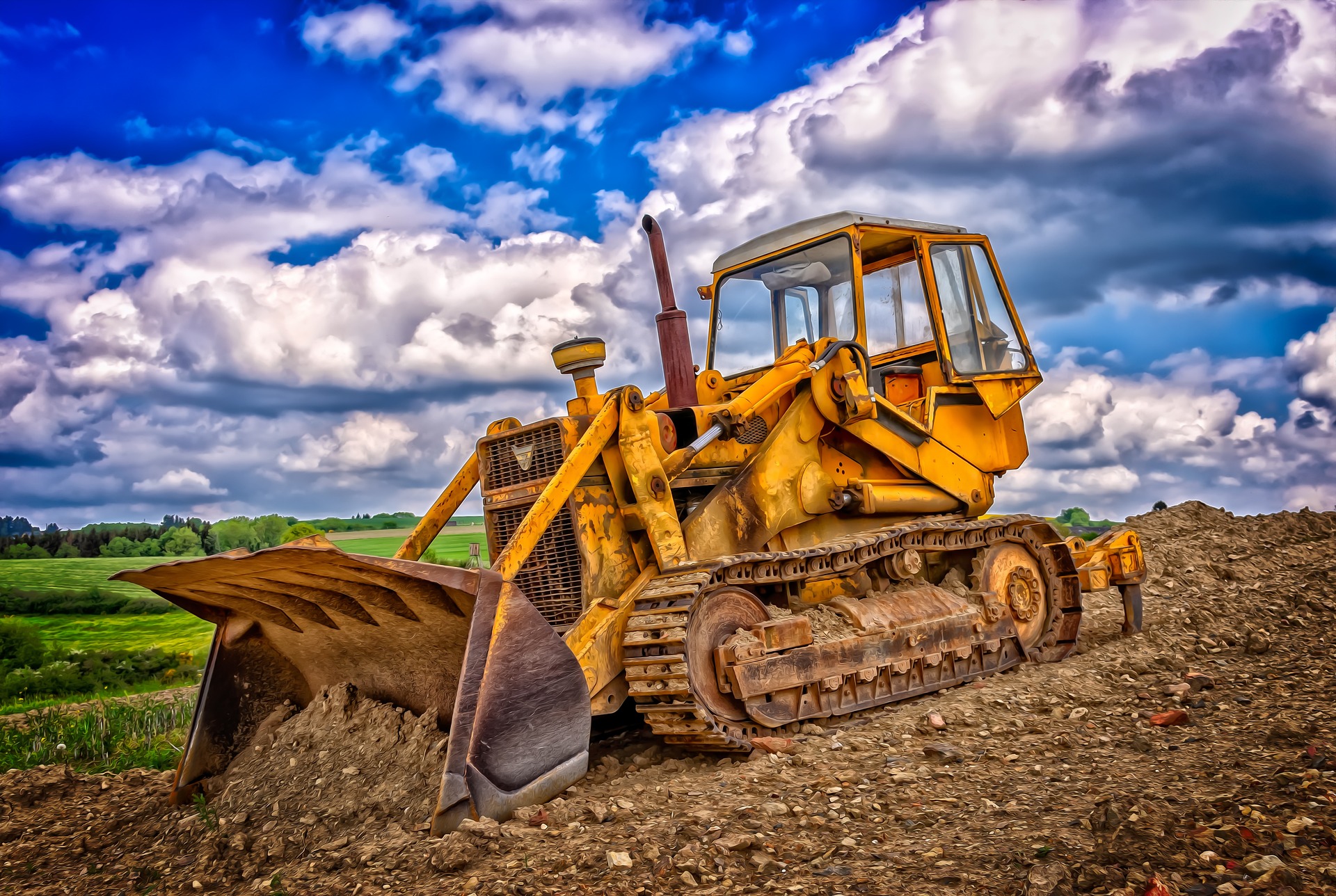Living with heavy rains? Backyard bliss without puddles. Learn how trench drains keep patios dry and stylish
Heavy rainfall can transform a beautiful backyard patio into an unwelcome swimming pool, creating frustration for homeowners who want to enjoy their outdoor spaces. Water accumulation around patios, walkways, and outdoor living areas not only damages landscaping but can also lead to foundation issues and create slip hazards. Effective drainage solutions help redirect excess water away from these areas while maintaining the aesthetic appeal of your outdoor space.

Understanding Gutters and French Drains for Water Management
Traditional drainage methods like gutters and french drains serve important roles in comprehensive water management systems. Gutters collect rainwater from rooflines and direct it away from structures, while french drains use perforated pipes buried in gravel to redirect groundwater and surface runoff. However, these systems primarily address water collection from roofs and subsurface drainage needs. For patio areas and walkways, more targeted surface drainage solutions often prove more effective at managing water that accumulates directly on hardscaped surfaces.
How Yard Trench Drains Function in Outdoor Spaces
A yard trench drain system consists of a narrow channel cut into the ground or patio surface, lined with a drainage pipe or channel, and covered with a protective grate. These systems intercept surface water before it can pool in unwanted areas, collecting runoff and directing it toward appropriate discharge points. The linear design allows trench drains to handle large volumes of water across wide areas, making them particularly effective for patios, driveways, and pool decks where water tends to accumulate quickly during heavy storms.
Channel Drain Installation and Design Considerations
Channel drain systems require careful planning to ensure proper water flow and integration with existing landscaping. The drainage channel must be positioned at the lowest point where water naturally collects, with adequate slope to encourage water movement toward discharge areas. Professional installation typically involves cutting precise trenches, ensuring proper depth and gradient, and connecting the system to existing storm drains or designated drainage areas. The channel material, whether concrete, polymer, or metal, should withstand local weather conditions and anticipated water volumes.
Selecting Appropriate Sewer Grates for Safety and Function
Sewer grates serve as the visible surface component of trench drain systems, requiring careful selection for both functionality and safety. Residential applications typically use lighter-duty grates made from cast iron, steel, or composite materials, while commercial installations may require heavy-duty options rated for vehicle traffic. Grate spacing must balance effective water collection with safety considerations, preventing heel catches and providing stable walking surfaces. Some municipalities have specific requirements for grate types used in residential drainage applications.
Trench Drain Kits for DIY Installation Projects
Trench drain kits provide homeowners with pre-engineered solutions that include channels, grates, and installation hardware in coordinated packages. These systems typically feature modular designs that allow customization for specific project dimensions and requirements. Quality kits include detailed installation instructions, proper slope calculations, and compatible outlet connections. While DIY installation can reduce costs, proper excavation, grading, and connections to existing drainage infrastructure often require professional expertise to ensure long-term effectiveness and compliance with local building codes.
| Product Type | Provider | Key Features | Cost Estimation |
|---|---|---|---|
| Polymer Channel Kit | NDS Inc. | Lightweight, corrosion-resistant, residential-grade | $150-$300 per 10 feet |
| Cast Iron System | Zurn Industries | Heavy-duty construction, commercial applications | $400-$800 per 10 feet |
| Modular Trench Kit | ACO Drainage | Interlocking design, multiple grate options | $250-$500 per 10 feet |
| Steel Channel System | BLÜCHER | Stainless steel construction, high flow capacity | $500-$1,200 per 10 feet |
Prices, rates, or cost estimates mentioned in this article are based on the latest available information but may change over time. Independent research is advised before making financial decisions.
Integration with Existing Landscape Design
Successful trench drain installation requires thoughtful integration with existing landscape elements and hardscaping materials. The drain location should complement traffic patterns while effectively capturing water flow from surrounding surfaces. Grate selection can enhance rather than detract from aesthetic appeal, with options ranging from decorative patterns to discrete linear designs. Professional landscape designers often incorporate trench drains into comprehensive drainage plans that address both functional requirements and visual continuity throughout outdoor living spaces.
Effective drainage solutions transform problematic outdoor areas into functional, enjoyable spaces regardless of weather conditions. Trench drain systems offer targeted water management for specific problem areas while maintaining the visual appeal and usability of patios, walkways, and outdoor living spaces. Proper system selection, installation, and integration ensure long-term performance and protection for your outdoor investment.




